
Cholangioscopy with EHL or Laser Lithotripsy for Biliary Stone Management.
Case Studies - Common Bile Duct Stones
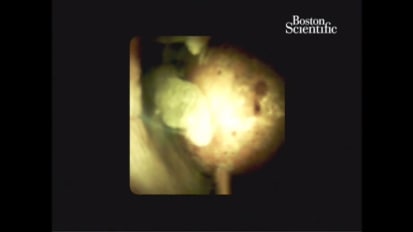 Video
Video
Single Session EHL for Large Bile Duct Stones, by Neil Sharma, MD & Colin Linke, MS4
A 54-year-old patient was referred for three large bile duct stones, all larger than 1.2cm.
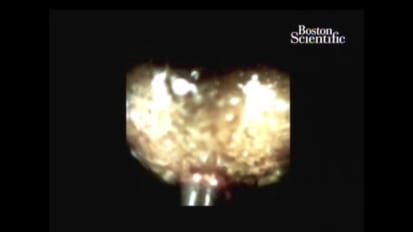 Video
Video
Electrohydraulic Lithotripsy for Large Common Bile Duct Stones, by Douglas G. Adler, M.D.
A 68-year-old male developed obstructive jaundice due to a tightly impacted stone in the common bile duct. Electrohydraulic lithotripsy (EHL) is performed with a probe through a cholangioscope to fracture the stone.
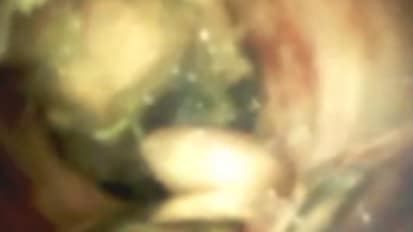 Video
Video
Performing Laser Lithotripsy Using the SpyGlass™ DS System, by Sandeep Patel, MD
A 46-year-old patient presented with cholangitis and despite the use of conventional therapies, the stones were unable to be extracted successfully and a plastic stent was placed.
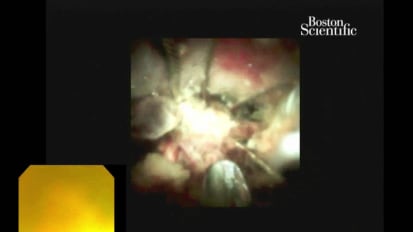 Video
Video
A 55-year-old patient underwent ERCP using cholangioscopy for removal of a difficult stone and a previously impacted basket.
Case Studies - Mirizzi Syndrome
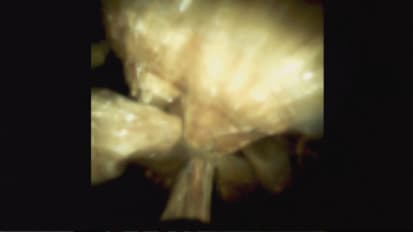 Video
Video
A 57-year-old man presented to a referring hospital with right upper quadrant pain, fever and elevated liver chemistries.
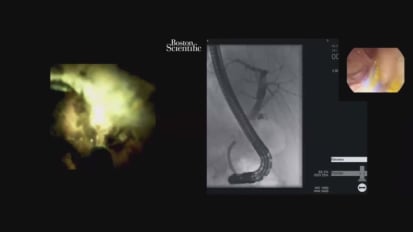 Video
Video
A 58-year-old patient underwent 2 failed ERCP procedures in an attempt to remove an obstructing 8mm stone. The patient was then referred for an ERCP with cholangioscopy using the SpyGlass™ DS System.
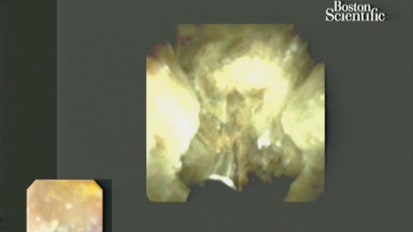 Video
Video
A 54-year-old with a history of Down Syndrome and pyloric stenosis presented with jaundice and abdominal pain.
 Video
Video
A 72-year-old-female presented with post-laparoscopic cholecystectomy and underwent 2 failed ERCPs to remove a large biliary stone. A 10fr stent was placed and she returned 2 months later for an ERCP using cholangioscopy with EHL lithotripsy.